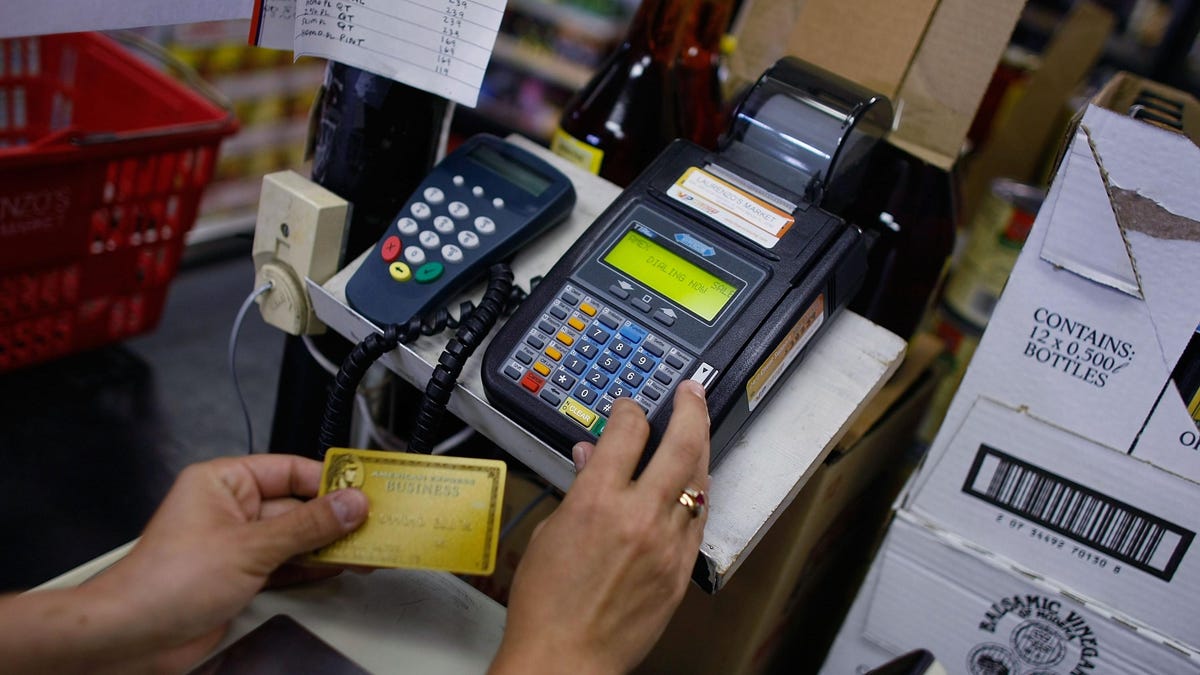The Impact of Maxed-Out Credit Cards on American Consumer Debt
A recent report released by the Federal Reserve Bank of New York has shed light on a concerning trend in the realm of consumer debt. According to the report, the portion of national credit card debt held by borrowers who have maxed out their cards is on the rise, nearing pre-COVID 19 levels. What is more alarming is that these maxed-out borrowers are slipping into delinquency at a significantly higher rate than they were before the onset of the pandemic.
Rising Levels of Delinquency
Upon analyzing household debt in the United States, the New York Fed found that Americans collectively owe a staggering $17.7 trillion for consumer loans, student loans, and mortgages. Within this vast pool of debt, serious delinquencies, referring to loans that are 90 days past due, have seen an uptick from 1.08% to 1.54% since the end of the previous year. Of particular concern is the spike in serious delinquencies among credit card holders, which surged from 4.57% to 6.86% during the same period.
In a commentary accompanying the data, Joelle Scally, Regional Economic Principal within the Household and Public Policy Research Division at the New York Fed, mentioned, “In the first quarter of 2024, credit card and auto loan transition rates into serious delinquency continued to rise across all age groups. An increasing number of borrowers missed credit card payments, revealing worsening financial distress among some households.”
Demographic Trends and Financial Strain
Interestingly, the report highlighted that Gen Z and Millennial borrowers, as well as individuals from lower-income brackets, tend to carry higher credit card utilization rates. It was observed that as these utilization rates climb, the likelihood of borrowers falling into delinquency also increases. Notably, among those whose balances exceeded 90% of their credit limits, close to a third had fallen behind on payments over the past year.
The New York Fed emphasized, “The share of maxed-out borrowers has been increasing from pandemic lows and is approaching pre-pandemic levels. The delinquency transition rates of these maxed-out borrowers are now noticeably higher than pre-pandemic levels, resulting in a broader increase in credit card delinquency rates overall.”
For a positive shift in credit card delinquency rates, it is imperative to witness a decline in the delinquency transition rate among maxed-out borrowers or a reduction in the share of individuals maxing out their credit cards. Regrettably, current data indicate that neither of these trends is moving in a favorable direction.
It is evident that the looming issue of maxed-out credit card debt poses a significant risk to the financial well-being of American households. As the trend of escalating delinquencies continues, addressing the root causes of this phenomenon becomes paramount to prevent a full-blown crisis in the consumer credit landscape.
Image/Photo credit: source url





